Start-up company looks to develop fusion-powered ships

Fusion energy for commercial use is a technology that is yet to be realized, but one company is already setting its sights on taking it from land to sea.

A message from Westinghouse Electric Company Parts Business
Westinghouse delivers advanced, plug-in-ready power supply solutions that eliminate obsolescence and keep nuclear plants running safely, reliably, and future-ready.

Fusion energy for commercial use is a technology that is yet to be realized, but one company is already setting its sights on taking it from land to sea.

The article “Finding the shadows in a fusion system faster with AI,” published by the Department of Energy’s Princeton Plasma Physics Laboratory, details the public-private partnership among PPPL, Commonwealth Fusion Systems, and Oak Ridge National Laboratory. The partnership has led to a new artificial intelligence approach that is faster at finding what’s known as “magnetic shadows” in a fusion vessel: “safe havens protected from the intense heat of the plasma.”
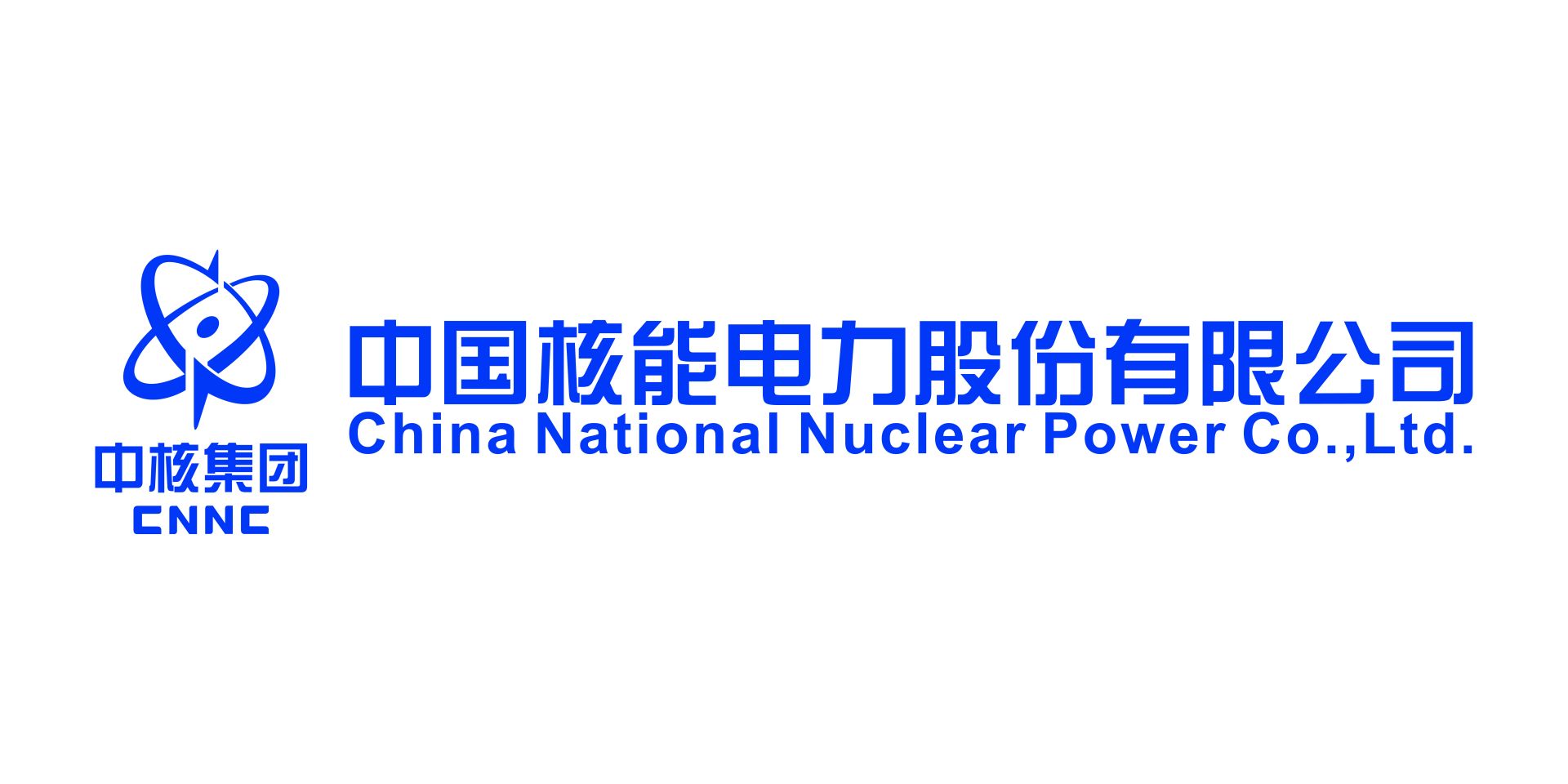
China has established a state-owned fusion energy company, China Fusion Energy Co. (CFEC), as a subsidiary of the China National Nuclear Corporation with the goal of accelerating the commercialization of fusion energy. According to a report by People’s Daily Online, the new company has a registered capital of 15 billion yuan (about $2.1 billion).

Westinghouse Electric Company announced that it has signed a $180 million contract with the ITER Organization for the assembly of the vacuum vessel for the fusion reactor being built in southern France. Designed to demonstrate the scientific and technological feasibility of fusion power, the ITER tokamak will be the world’s largest experimental fusion facility.
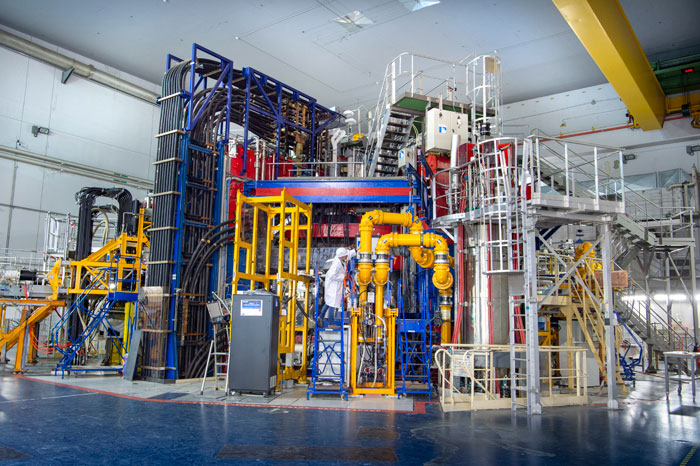
The French magnetic confinement fusion tokamak known as WEST maintained a plasma in February for more than 22 minutes—1,337 seconds, to be precise—and “smashed” the previous record plasma duration for a tokamak with a 25 percent improvement, according to the CEA, which operates the machine. The previous 1,006-second record was set by China’s EAST just a few weeks prior. Records are made to be broken, but this rapid progress illustrates a collective, global increase in plasma confinement expertise, aided by tungsten in key components.

The ITER organization (IO) recently published an article asking, “Have you ever wondered what it’s like inside an operating tokamak?” For speculative answers, the international nuclear fusion project turned to electrical engineer Michael Walsh, the new head of ITER’s Fusion Technology—Instrumentation & Control Division and previous head of ITER’s Diagnostics Division.
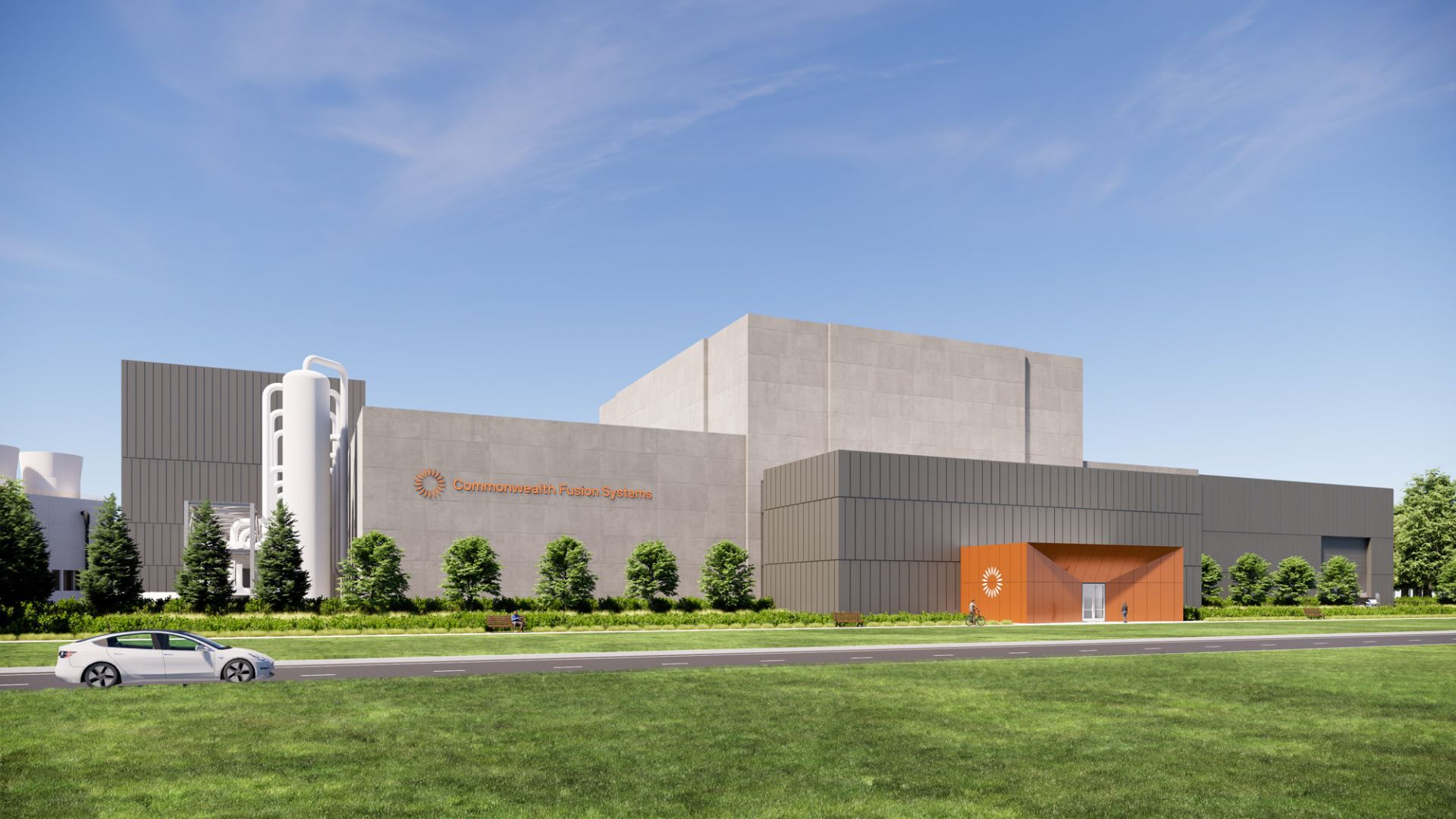
Commonwealth Fusion Systems (CFS) has announced that it plans to build a fusion power plant, named ARC, at the James River Industrial Park in Chesterfield County, Va.—and that it expects to be the first company to make fusion power available at grid scale.

Leadership of the United Kingdom’s STEP (Spherical Tokamak for Energy Production) fusion program has transitioned to U.K. Industrial Fusion Solutions Ltd. (UKIFS), a wholly owned subsidiary of the U.K. Atomic Energy Authority (UKAEA). UKIFS was established in February 2023 to lead a public-private partnership that will design, build, and operate the STEP prototype fusion energy plant in Nottinghamshire in England’s East Midlands region.
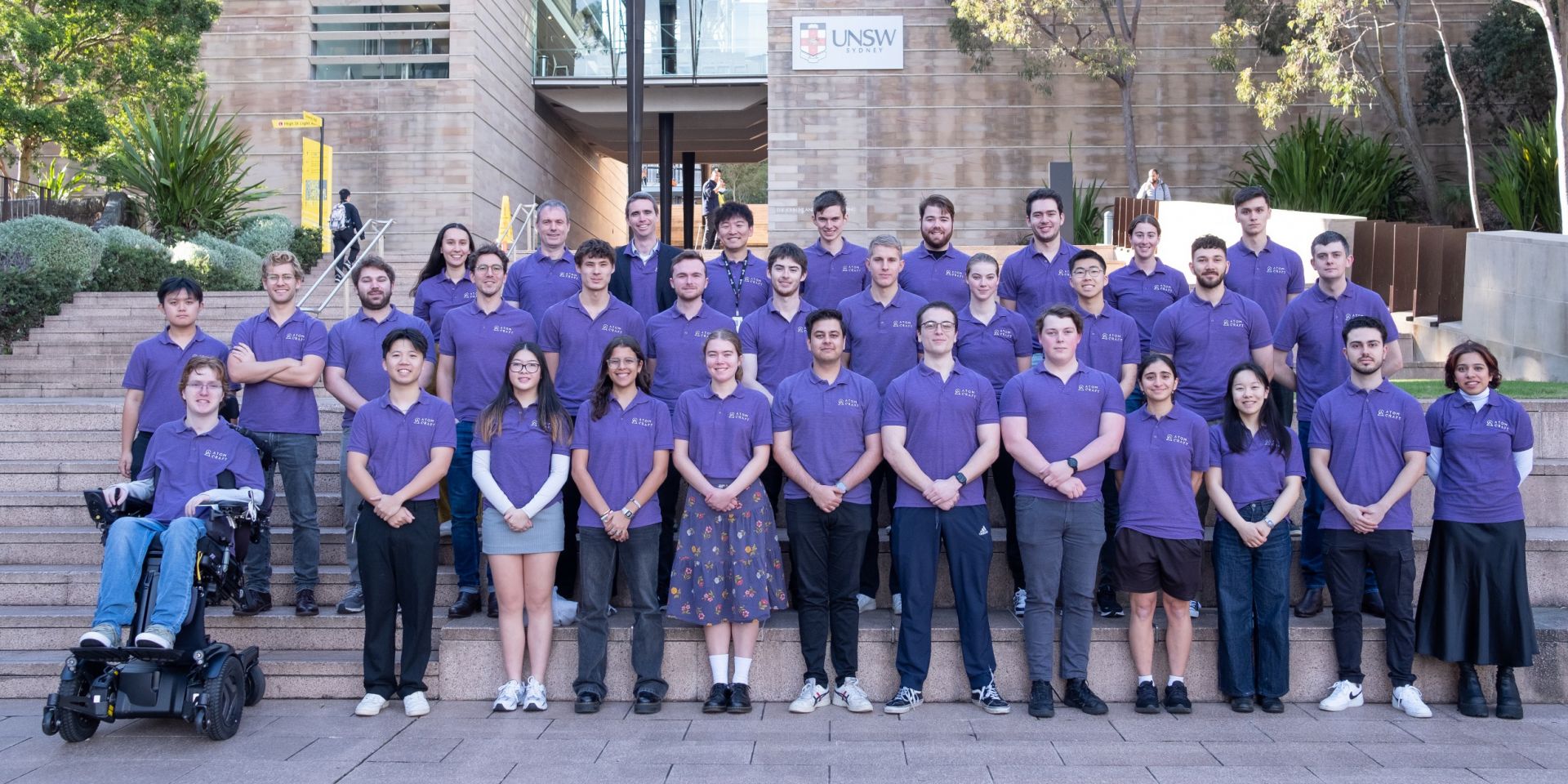
Commercial nuclear power is illegal in Australia, and it has been since the 1990s. This past June, however, the country’s main opposition party announced plans to build seven commercial nuclear reactors in the 2030s and 2040s on sites presently occupied by aging coal-fired plants—should the party’s Liberal–National Coalition win power in federal elections next year. This statement has reignited a public debate regarding the potential role of nuclear energy in Australia.

Earlier this month, General Atomics made its Fusion Synthesis Engine (FUSE) software available to others who want to design and build magnetic confinement fusion power plants.
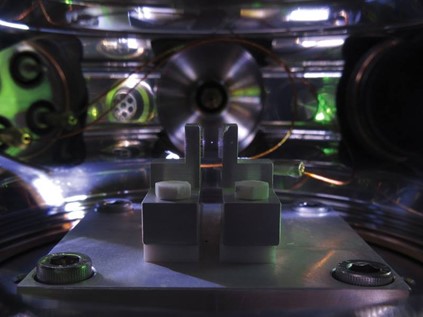
Start talking about dust in a vacuum, and some people will think of household chores. But dust has featured in recent nuclear science and engineering headlines in curious ways: ITER is deploying oversized dust covers inspired by space satellites in the south of France, while at Yale University, researchers have watched every move of a dust-sized particle levitating in a laser beam for telltale twitches that indicate radioactive decay.

JT-60SA (Japan Torus-60 Super Advanced) is the world’s largest superconducting tokamak device. Its goal is the earlier realization of fusion energy (see Fig. 1). Fusion is the energy that powers the Sun, and just 1 gram of deuterium-tritium (D-T) fuel produces enormous energy—the equivalent of 8 tons of crude oil.
Last fall, the JT-60SA project announced an important milestone: the achievement of the tokamak’s first plasma. This article describes the objectives of the JT-60SA project, achievements in the operation campaign for the first plasma, and next steps.

A computer rendering of a tokamak device designed by students at the University of New South Wales. (Credit: UNSW)
A recent article on Australia’s ABC News website highlighted the work of undergraduate physics and engineering students at the University of New South Wales (UNSW) to design, build, and operate their own small nuclear fusion reactor. The ambitious work, known as the AtomCraft project, is being led by associate professor Patrick Burr with the objective of producing a student-built tokamak reactor by the end of 2026.
Australia-based HB-11 Energy and U.K.-based Tokamak Energy have partnered with UNSW for the project.
Research goals: The AtomCraft project has the following research goals for participating students, according to its website:
Our team aims [to] make the world’s first fusion reactor entirely designed, built, and operated by students. And [to] do so in 2 years. You will develop innovative solutions to engineering challenges across many engineering disciplines, work closely with industry partners, and be part a vibrant team of enthusiastic and dedicated people who want to push the boundaries of what is possible with fusion energy.

A new theoretical model about stabilizing plasma in tokamak fusion reactors is described in three papers from a study that was led by research physicist Jason Parisi of Princeton Plasma Physics Laboratory. Two papers—“Kinetic-ballooning-limited pedestals in spherical tokamak plasmas” and “Stability and transport of gyrokinetic critical pedestals”—appear in the International Atomic Energy Agency journal Nuclear Fusion. The other paper—“Kinetic-ballooning-bifurcation in tokamak pedestals across shaping and aspect-ratio”—appears in Physics of Plasmas.

Researchers at the DIII-D National Fusion Facility, the National Energy Research Scientific Computing Center (NERSC) at Lawrence Berkeley National Laboratory (LBNL), and the Energy Sciences Network (ESnet) are teaming up to make the high-performance computing (HPC) powers of NERSC available to DIII-D researchers through ESnet—a high-speed data network. Their collaboration, described in a May 29 news release, in effect boosts the computing power behind DIII-D’s diagnostic tools to make more data from fusion experiments available to researchers at DIII-D in San Diego and to the global fusion research community.

The combination of two previously known methods for managing plasma conditions can result in enhanced control of plasma in a fusion reactor, according to a simulation performed by researchers at the Department of Energy’s Princeton Plasma Physics Laboratory.

Another calendar year has passed. Before heading too far into 2024, let’s look back at what happened in 2023 in the nuclear community. In today's post, compiled from Nuclear News and Nuclear Newswire are what we feel are the top nuclear news stories from October through December 2023.
Stay tuned for the top stories from the rest of the past year.
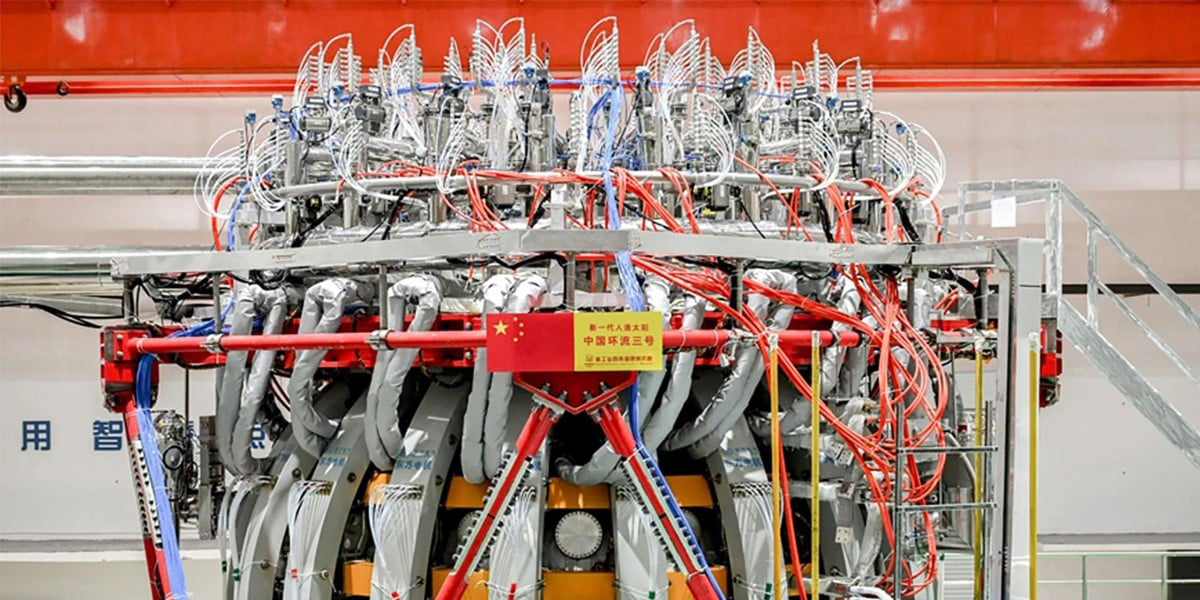
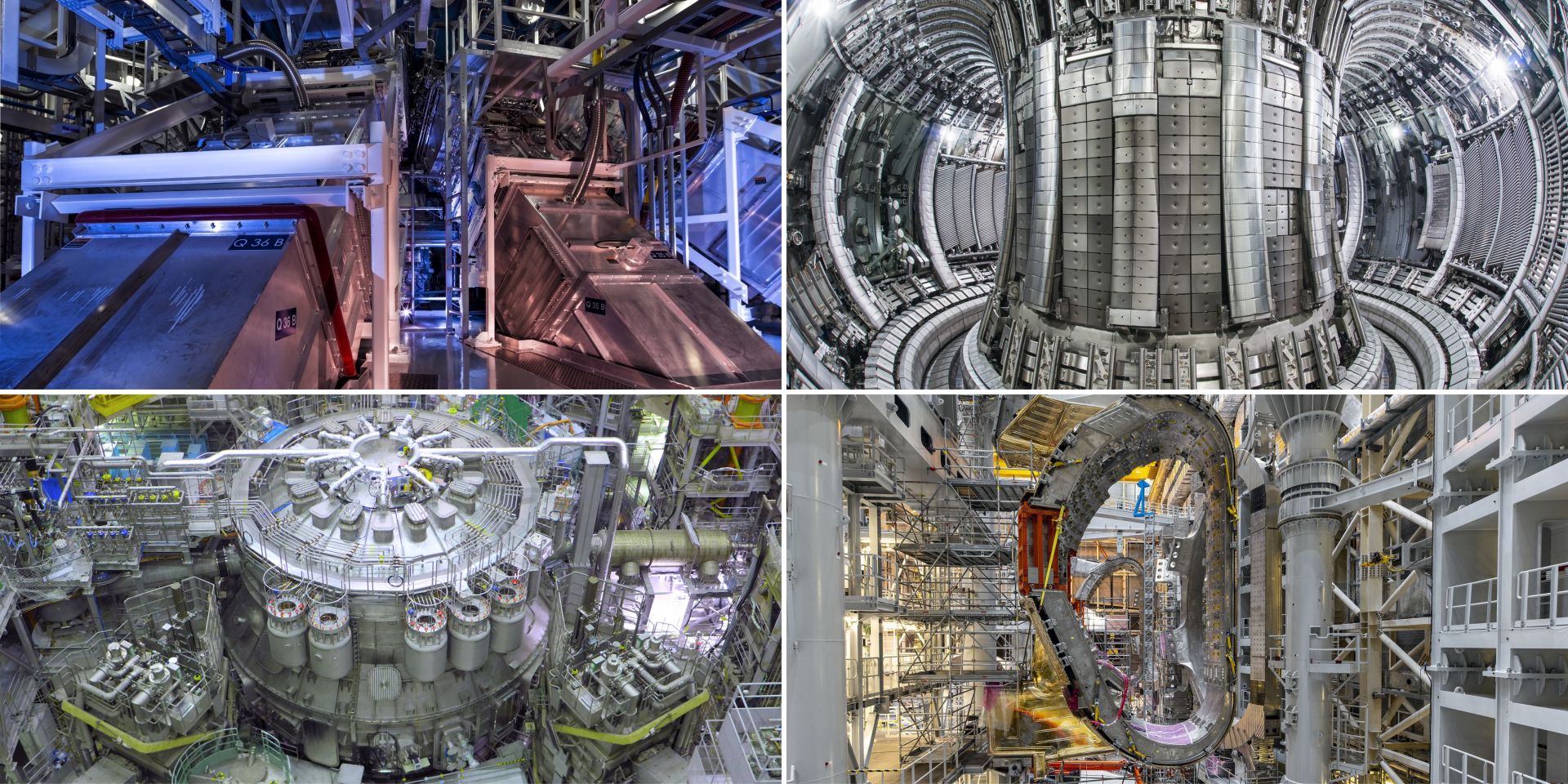
One year ago today, researchers at Lawrence Livermore National Laboratory achieved a record shot at the National Ignition Facility (NIF) that set the world talking about the potential of fusion energy. And the buzz hasn’t stopped. Fusion energy is getting its most significant attention yet on the world stage at COP28 in Dubai, UAE, where John Kerry, U.S. special presidential envoy for climate, delivered a keynote address today titled “An inclusive fusion energy future,” followed by a panel discussion.
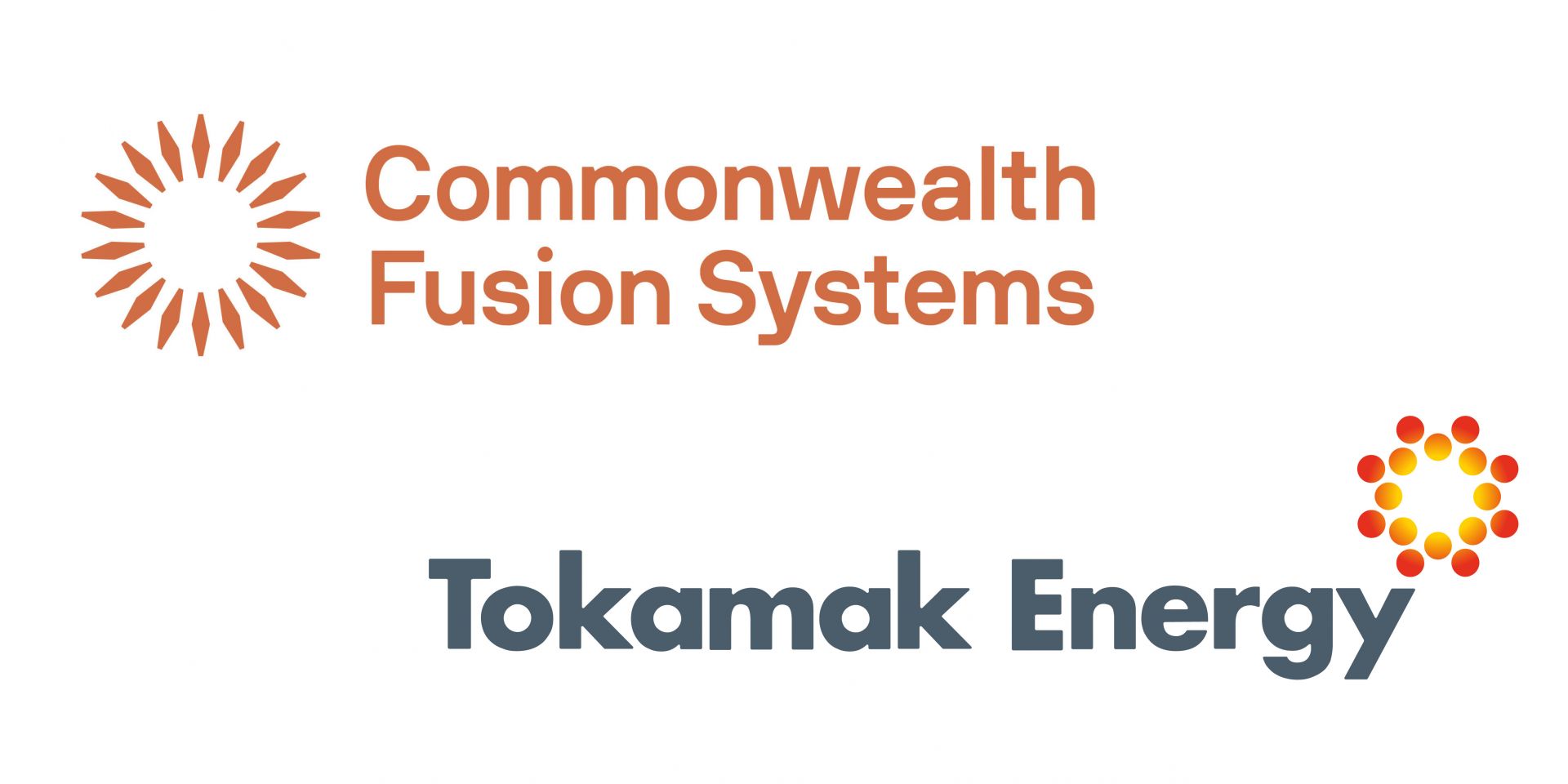
Commonwealth Fusion Systems (CFS) and Tokamak Energy Inc. are the two magnetic confinement tokamak fusion developers to receive a portion of the $46 million in funding announced by the Department of Energy in late May for the first 18 months of a public-private Milestone-Based Fusion Development Program aimed at developing fusion pilot plant designs and resolving related scientific and technological challenges within five to 10 years.